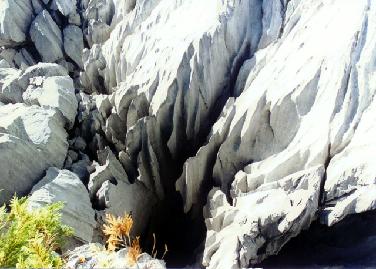
-
Karst, a Complex Landscape Sculpted by Water
What is Karst ?
Karst is a distinctive topography in which the landscape is largely shaped by the dissolving action of water on carbonate bedrock (usually limestone, dolomite, or marble).
This geological process, occurring over many thousands of years, results in unusual surface and subsurface features ranging from sinkholes, vertical shafts, disappearing streams, and springs, to complex underground drainage systems and caves.
How Karst is Formed
The process of karst formation involves what is referred to as "the carbon dioxide cascade."As rain falls through the atmosphere, it picks up CO2 which dissolves in the droplets.
Once the rain hits the ground, it percolates through the soil and picks up more CO2 to form a weak solution of carbonic acid: H2O+CO2=H2CO3.
The infiltrating water naturally exploits any cracks or crevices in the rock.
Over long periods, with a continuous supply of CO2 - enriched water, carbonate bedrock begins to dissolve.
Openings in the bedrock increase in size and an underground drainage system begins to develop, allowing more water to pass, further accelerating the formation of karst.
Eventually this leads to the development of subsurface caves.